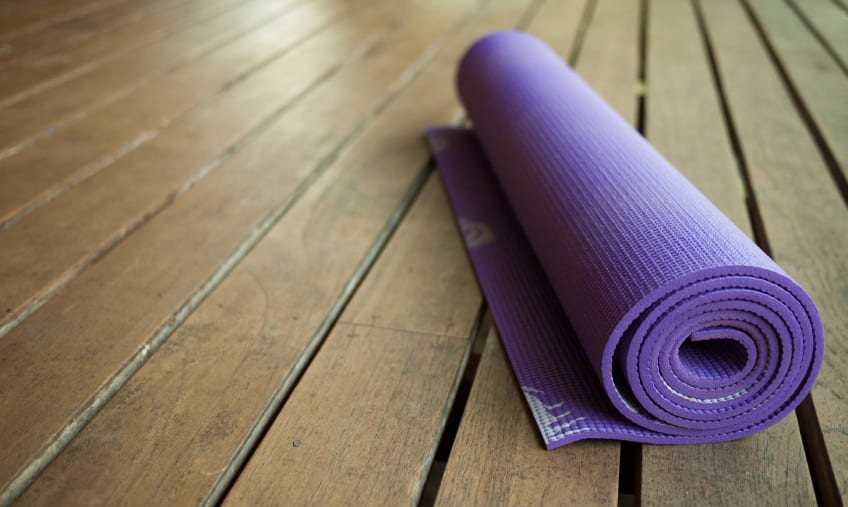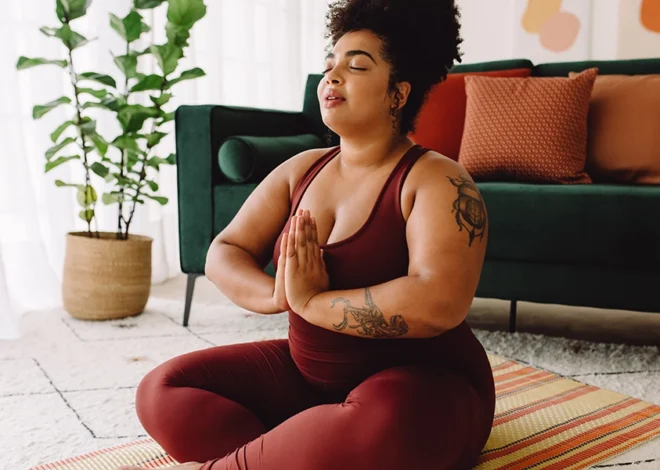This is Part 3 in a three part series on finding relief from pelvic pain through physical therapy, yoga, and other complementary therapies. Click here to read Part 1, which discussed how to recognize pelvic pain, and what therapies are available. Click here to read Part 2, which covers what questions you should ask your health care provider to get the care you need.
Question from Kate, a mother of two boys, ages 5 and 7:
“I have pelvic pain due to a non-relaxing pelvic floor. I cannot even sit down without pain. I am already doing pelvic physical therapy and have had multiple therapies (see below). What can yoga do to help me find relief?”
(Yogically) Moving Toward Healing and Well-Being
A
common posture I prescribe to mothers experiencing pelvic pain after childbirth
(even if, like Kate, they are 5 or more years postpartum), is the accordion
fold yoga posture. It is a restorative yoga posture, a posture for meditation,
and a posture for general relaxation and biofeedback.
In this pose you can
learn where areas of tightness or discomfort are, and practice progressive
relaxation (tightening and actively relaxing every muscle group in the body,
one by one) to begin the process of healing in the musculoskeletal,
psychoemotional, neuroendocrine, and neuromuscular systems.
Accordion Fold Yoga Posture
The
posture can be done 1 of 2 ways: laying on your back or laying on your
stomach. Only
the supine posture is shown here, but you can also lie on your stomach (prone)
in this position to facilitate deep abdominal and pelvic release.
Figure 1. Author in Supine
Over Accordion Fold Restorative Yoga. ©2014 Ginger
Garner. All rights reserved.
You can bend
the knees if it is more comfortable, but the purpose is to relax the entire
body, letting the legs and shoulders cascade over the edges of the
accordion-fold.
The
carryover of relaxation to the pelvic through the diaphragm (breathing muscle)
and related muscles will happen with time and practice. Seeking out a PT or
health care provider who can teach yoga in this medical context can be
incredibly beneficial.
[Find a Medical Yoga Practitioner here]
The
accordion fold pose can help you become aware of muscle, fascia, or nerve
tension, and can be a first step toward healing, using the best of both worlds
in integrative and conventional medicine.
The
benefits of this pose include:
- Deep breathing – Aim
for a goal of less than 12 respirations per minute where the chest is not
rising or heaving; rather the belly should be rising on the inhale and gently
falling on the exhale. - Active release of
pelvic floor and other soft tissue, depending on which direction you lay (on
your back or on your belly) via biofeedback - Calming, restoring,
nurturing - Gentle mobilization of
spine and sacrum - Meditation
Take
this article with you and discuss the many options for treating pelvic pain
with your doctor, nurse practitioner, or physical therapist. All of these
health care providers can work together to create the best possible plan of
care, which may also include counseling or other therapies if they are not
covered by a medical therapeutic yoga/meditation program.
Resources
Find a Professional Yoga Therapist (licensed medical
provider who has a post-graduate certification in medical therapeutic yoga)
Find
a Women’s Health PT (not an exhaustive list, but it can get you started)
Get Started on a Yogic Breath Practice for Women
Four Reasons Why Every New Mom Needs Physical Therapy
Sources for all posts
1. Faubion SS, Shuster LT,
Bharucha AE. Recognition and management of nonrelaxing pelvic floor
dysfunction. Mayo Clin Proc. 2012;87(2):187-193. doi:
10.1016/j.mayocp.2011.09.004; 10.1016/j.mayocp.2011.09.004.
2. Cusi M, Saunders J,
Hungerford B, Wisbey-Roth T, Lucas P, Wilson S. The use of prolotherapy in the
sacroiliac joint. Br J Sports Med. 2010;44(2):100-104. doi:
10.1136/bjsm.2007.042044; 10.1136/bjsm.2007.042044.
3. Kim WM, Lee HG, Jeong
CW, Kim CM, Yoon MH. A randomized controlled trial of intra-articular prolotherapy
versus steroid injection for sacroiliac joint pain. J Altern Complement Med.
2010;16(12):1285-1290. doi: 10.1089/acm.2010.0031; 10.1089/acm.2010.0031.
4. Streeter CC, Gerbarg PL, Saper RB, Ciraulo DA, Brown RP. Effects of yoga on the autonomic nervous system,
gamma-aminobutyric-acid, and allostasis in epilepsy, depression, and
post-traumatic stress disorder. Med
Hypotheses. 2012 May;78(5):571-9. doi: 10.1016/j.mehy.2012.01.021.
Epub 2012 Feb 24.





